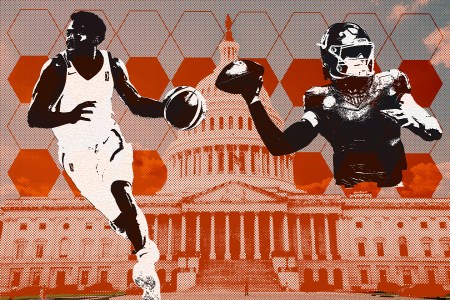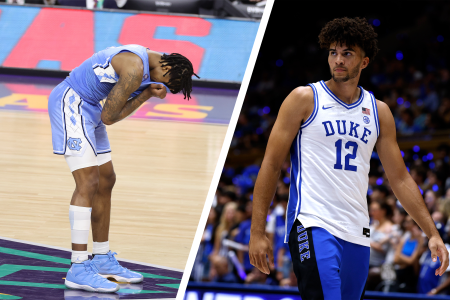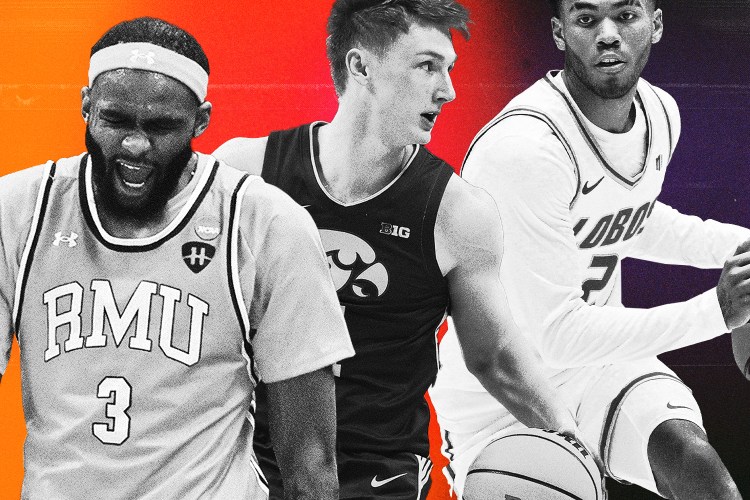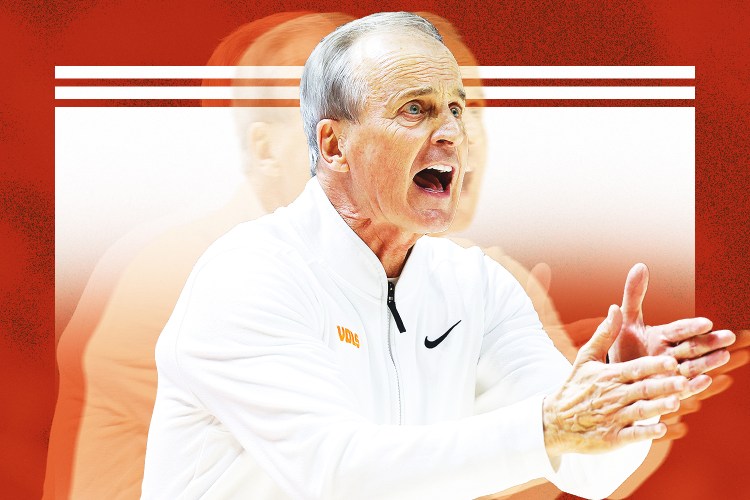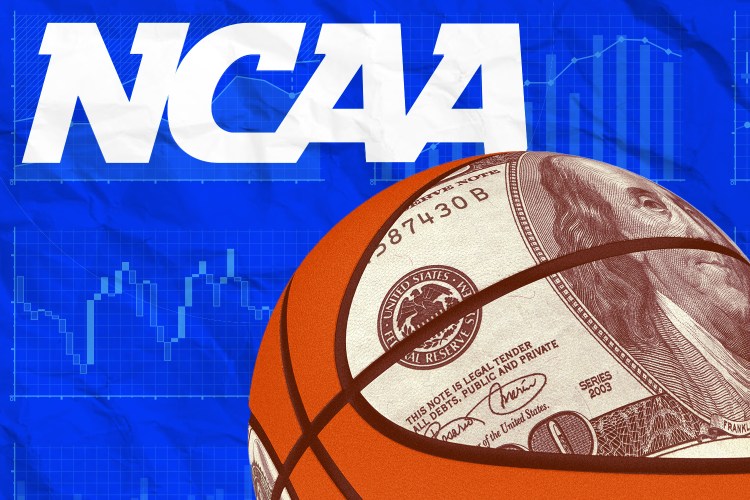The NCAA has spent millions of dollars defending its amateurism model amid ongoing legal challenges concerning athlete compensation and other issues. As the numerous legal questions continue to be fought over and resolved, and with an eye toward the battle in Congress over what (if anything) comes next, the reflexive response from many coaches and fans is, “If you want protection, then you should collectively bargain with the athletes.”
That’s an understandable notion, given that collective bargaining between leagues and players’ unions in pro sports provides the legal shield that protects those leagues from antitrust challenges. But college sports differ fundamentally from pro leagues — in structure, in purpose and in the laws that govern them. Those laws span public and private institutions, applying in different ways to thousands of teams across dozens of sports amidst a thicket of conference and compliance obligations with no parallel in the pro model. This fragmentation means there simply is no lawful way for colleges to bargain collectively with athletes — even if they wanted to (which they don’t, by the way).
People have long floated the idea of unionizing college athletes, but the simple fact is that labor law makes it unworkable. For starters, the National Labor Relations Act covers only private employers, which is a small fraction of Division I institutions. Most athletic departments belong to public universities subject to state labor laws. In some states, public employees are barred from collective bargaining; in others, the statutes are silent on whether athletes could be deemed employees. The result is a patchwork legal landscape that makes defining — let alone sustaining — a bargaining unit nearly impossible.
No group has the authority to speak or bargain for all athletes, and any attempt by the NCAA or its conferences to create one would amount to an unlawful company union and be legally void.
The second barrier to unionization is structural. Pro leagues bargain through a single employer (the league itself) and with a single players’ union. College athletics is the opposite: It’s a fragmented enterprise of hundreds of institutions, bound by conference rules, state laws and/or a board of trustees. Even at the conference level, bargaining would fail for the same reasons. Conferences aren’t employers and lack standing to negotiate terms. Some conferences also include both public and private schools governed by conflicting laws.
Another barrier is that multiemployer bargaining under the NLRA requires voluntary consent. Universities are independent competitors for athletes, resources and reputation. Their competitive interests diverge sharply, making coordinated negotiation not just improbable but incompatible with how the enterprise is built.
The greatest obstacle to unionization isn’t structural or legal. It’s human. Under federal labor law, unionization must originate with employees. It cannot be engineered from above to solve management’s problems.
In college sports, there is no legally recognized body that represents athletes as employees. No group has the authority to speak or bargain for all athletes, and any attempt by the NCAA or its conferences to create one would amount to an unlawful company union and be legally void.
Despite all the advocacy for this solution, there has been no meaningful groundswell of athlete organizing. Northwestern football players tried in 2014, but the National Labor Relations Board declined jurisdiction, citing the uniquely mixed structure of college athletics — where private and public institutions compete under shared rules — as incompatible with stable labor relations. A decade later, Dartmouth’s men’s basketball team also tested the idea. The players voted to unionize, then withdrew the petition within months.
Congress Was Fixing to Save College Sports. Now It’s Stuck.
The SCORE Act seemed poised to be the first name, image and likeness bill to make it to a vote since the NCAA’s rules changed in 2021. Here’s our primer on the act, what’s at stake and what might happen next.
Beyond those isolated experiments, which led to no tangible results, no broader organizing movement has emerged. Various smaller groups have emerged, such as the National College Players Association, which is overseen by executive director Ramogi Huma, but that is much different than a labor union that would be certified as such by the NLRB. That is largely because there is little indication that athletes view unionization as worth the effort. A college career generally lasts four or five years, and players cycle out long before any collective-bargaining process could yield results. Unionizing would mean paying dues, taking on administrative burdens and negotiating for benefits that likely would accrue to future classes. Not to mention that the settlement gained in the landmark House v. NCAA case has benefited college athletes greatly. They are profiting from the NCAA’s inability (so far) to gain federal antitrust protection. As long as the money keeps flowing, it’s not worth it to unionize.
Given all of these realities, it is unsurprising that no sustained movement for athlete unionization has emerged. In the absence of a workable framework, the courtroom has become the default arena for resolving college sports’ structural conflicts. That is an extraordinarily costly substitute for coherent policy. Schools have spent staggering sums on lawyers — money that could have supported scholarships, non-revenue sports and athlete welfare. Each new rule or enforcement effort risks another antitrust challenge.
The current legal framework leaves everyone — schools, athletes, regulators — trapped in uncertainty. Collective bargaining cannot fix it, and litigation is making it worse. Until Congress intervenes to clarify the boundaries of compensation, eligibility and antitrust exposure, college sports will continue to stumble through lawsuits. However all of this shakes out in Congress and the courts, it is extremely unlikely that the end result will be a players’ union and a collective bargaining agreement. College sports may be changing in dramatic ways, but that is one reality that will remain the same.


